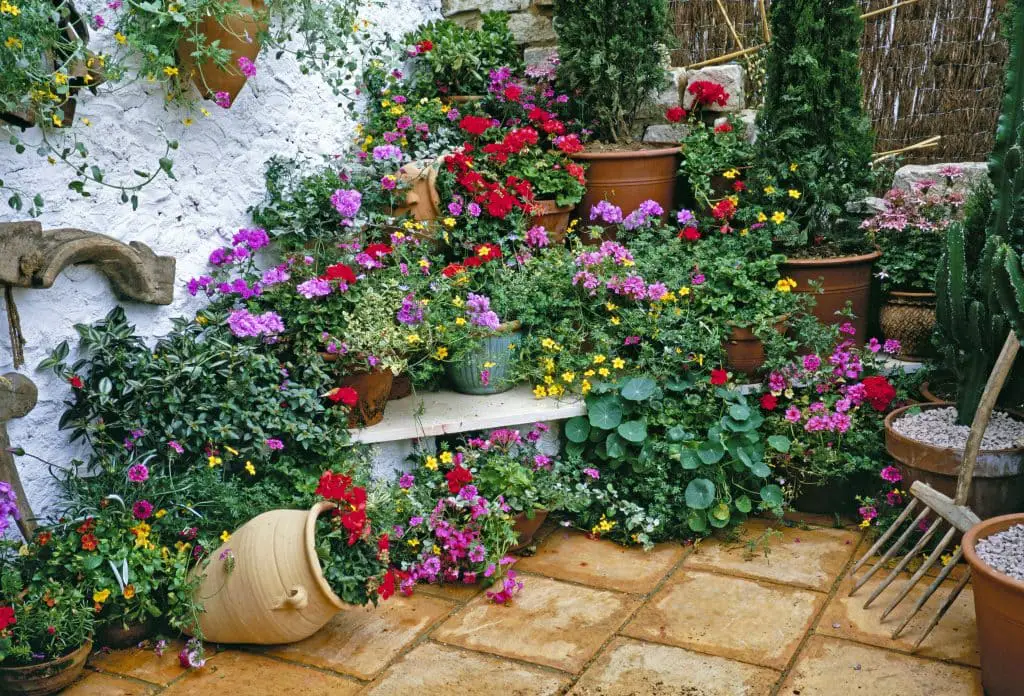Introduction:
Gardening enthusiasts are constantly seeking new ways to add flair and character to their outdoor spaces. One such method gaining popularity is the use of garden troughs. These versatile containers offer a unique opportunity to cultivate a variety of plants, from colorful flowers to lush foliage, in a compact and visually appealing manner. In this guide, we will delve into the world of plants for garden troughs, exploring everything from selection and arrangement to maintenance and design inspiration.
Selecting the Right Plants for Garden Troughs:
Choosing suitable plants is crucial for the success of your garden troughs. Opt for a mix of thrillers, fillers, and spillers to create visual interest and balance. Thrillers are tall, eye-catching plants that serve as focal points, while fillers add volume and texture. Spillers cascade gracefully over the edges, softening the container’s lines. Consider factors such as sunlight exposure, soil type, and climate compatibility when making your selections.
Thriving in Sunlight:
For garden troughs basking in sunlight, opt for sun-loving plants like petunias, marigolds, and succulents. These resilient beauties thrive in bright, direct sunlight, providing vibrant blooms and foliage throughout the season. Ensure adequate drainage to prevent waterlogged soil, especially during hot summer days.
Shade-Friendly Options:
In shady corners of your garden, embrace shade-loving plants such as ferns, impatiens, and hostas. These plants thrive in low light conditions, adding lush greenery and delicate blooms to your troughs. Keep soil moisture levels consistent and provide occasional fertilization to support healthy growth.
Year-Round Appeal:
To maintain visual interest year-round, incorporate a mix of evergreen plants, seasonal bloomers, and foliage with varying textures and colors. Evergreens like boxwoods and junipers provide structure and stability, while seasonal flowers such as pansies and ornamental kale offer bursts of color. Experiment with different combinations to create dynamic displays that evolve with the seasons.
Watering and Drainage Tips:
Proper watering is essential for the health of your plants. Ensure that garden troughs have adequate drainage holes to prevent waterlogging, which can lead to root rot and other issues. Water consistently, keeping the soil moist but not waterlogged. Monitor moisture levels regularly, especially during hot, dry periods, and adjust watering frequency as needed.
Fertilizing Guidelines:
To promote healthy growth and vibrant blooms, incorporate a balanced fertilizer into your gardening routine. Choose a slow-release formula designed for container plants and follow the manufacturer’s recommendations for application frequency and dosage. Avoid over-fertilization, as this can lead to nutrient imbalances and damage to plant roots.
Creative Design Ideas:
Get creative with your garden troughs by experimenting with different designs and arrangements. Consider vertical gardening techniques using trellises or wall-mounted troughs to maximize space. Mix and match plant heights, colors, and textures for visual contrast and dimension. Incorporate decorative elements such as rocks, pebbles, and driftwood to add personality and charm.
Seasonal Maintenance:
Regular maintenance is key to keeping your garden troughs looking their best year-round. Prune dead or wilted foliage, remove spent flowers, and monitor for signs of pests or diseases. Refresh potting soil annually to replenish nutrients and improve drainage. Take advantage of seasonal transitions to refresh plantings and introduce new varieties for a constantly evolving display.
FAQs (Frequently Asked Questions):
Q: How often should I water plants in garden troughs? A: Watering frequency depends on factors like plant type, weather conditions, and soil moisture levels. Generally, aim to keep the soil consistently moist, but not waterlogged.
Q: Can I grow vegetables in garden troughs? A: Yes, many vegetables thrive in container gardens, including tomatoes, peppers, lettuce, and herbs. Choose compact varieties suited to your trough size and sunlight exposure.
Q: Do garden troughs require special soil? A: Use a high-quality potting mix specifically formulated for container gardening. Ensure it provides adequate drainage and nutrient retention for optimal plant health.
Q: How do I prevent overwatering in garden troughs? A: Ensure that your troughs have proper drainage holes to allow excess water to escape. Monitor soil moisture levels regularly and adjust watering frequency accordingly.
Q: Can I use garden troughs indoors? A: Yes, garden troughs can be used indoors to create miniature gardens or herb displays. Choose plants suited to indoor conditions and provide adequate sunlight or artificial lighting.
Q: How do I prevent pests and diseases in garden troughs? A: Practice good hygiene by removing debris and dead foliage regularly. Monitor plants for signs of pests or diseases and treat promptly with organic or chemical controls as needed.
Conclusion:
Incorporating plants for garden troughs into your outdoor space is a rewarding way to add beauty, color, and greenery to your surroundings. By selecting the right plants, providing proper care and maintenance, and getting creative with design, you can create stunning displays that enhance your garden’s aesthetic appeal year-round.


